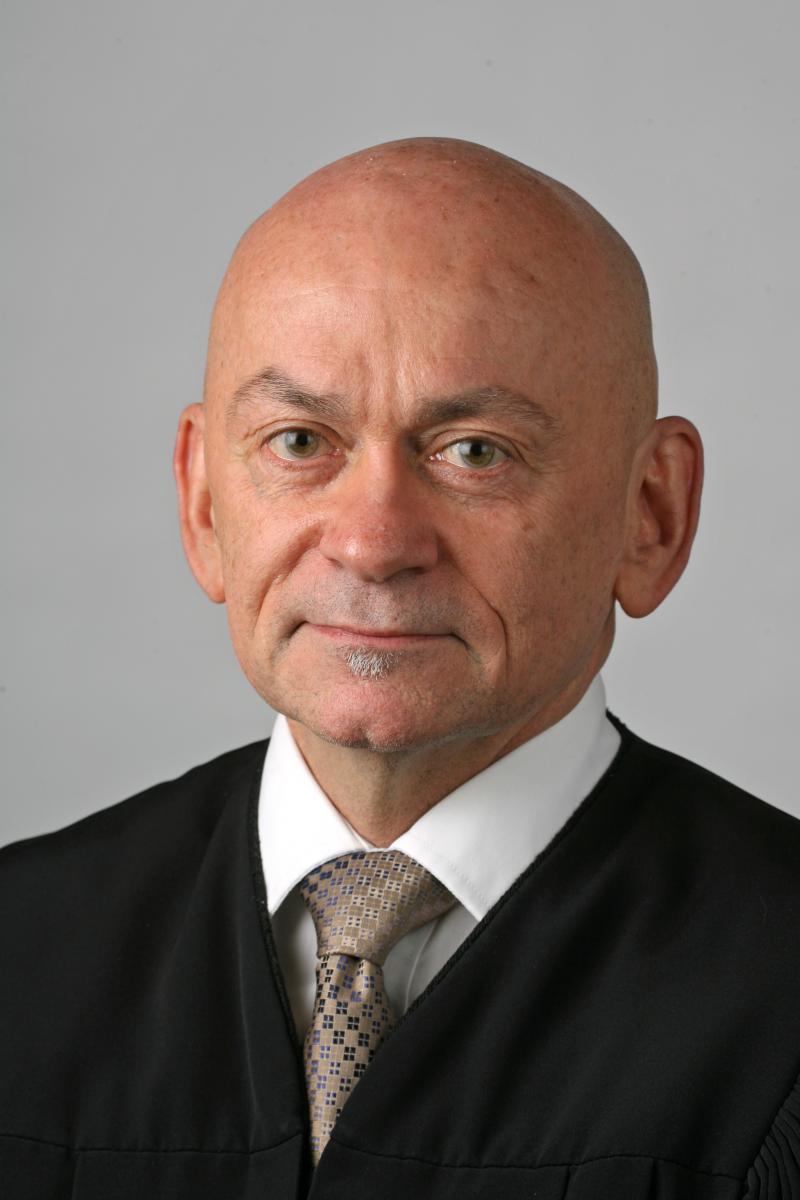Part of a special report on homelessness and mental health in San Francisco, in the fall 2014 print edition. Stories rolling out online throughout the fall.
See accompanying story: S.F. Alternative Court Provides Lifeline
An new reform to California’s prisons that reduces tough sentences for some felonies could also provide a financial windfall to a long-running community court experiment that diverts people with mental illness out of the criminal justice system.
State Proposition 47, approved by voters on Nov. 4, will provide millions of dollars in savings by reclassifying six felonies as misdemeanors, allowing the state to move thousands of prisoners back into the community under supervision.
The Legislative Analyst’s Office estimates that 65 percent of $100 million to $300 million would be redirected to the expansion of community-based services that would also help people with mental illnesses. The savings would be directly generated from freeing up 10,000 to 30,000 jail beds across the state.
The initiative’s wording cites the success of mental health courts, including San Francisco’s Behavioral Health Court, as worthwhile programs. But state officials say it is too soon to tell whether San Francisco would be able to take advantage of the program. It is unclear how quickly the court could expand beyond the 150 or so clients who get guidance through existing treatment and housing programs.
San Francisco’s court, which now operates on $2.5 million a year, not including treatment costs, could complement the sentencing reform measure. The court, which operates just two days a week, calls itself “collaborative,” because it invites social service providers to offer guidance and medical support.
Many of the Behavioral Health Court’s defendants struggle with marginal housing or homelessness, said Jennifer Johnson, an assistant public defender assigned to indigent clients. Successful “graduation” from the program means independent living and securing permanent housing. The court reports that it has reduced recidivism and graduated 47 percent of exiting clients in 2013.
While it does not appear different from a typical courtroom at the Superior Court House on Bryant Street, the Behavioral Health Court is unique because participants are closely monitored and treated with special care.
Judge Ronald E. Albers provides what he calls an “incentive program.” Participants applaud each other. Progress toward personal goals merits movie tickets or prizes. Albers said mentally ill defendants are not treated well in the criminal justice system overall.
Johnson helped start the court in 2002 as a response to a growing population of prisoners with mental illness. She said it is difficult to help many defendants because they face felony rather than misdemeanor charges. The court also faces institutional challenges because financial constraints keep it from operating on a larger scale.
Albers requires close supervision for a minimum of one year. Defendants must appear regularly before a judge and document that they are receiving treatment, including Alcoholics Anonymous or group therapy. In all instances, defendants’ medication intake is monitored.
Defendants have both positive and negative experiences at the Behavioral Health Court, said Leah Jacobs, a doctoral student at the School of Social Welfare at the University of California, Berkeley, who has interviewed participants as part of her social work research. She said requirements attached to alternative sentencing “either exacerbated mental health problems or precluded participation in other activities intended to help the person get back on their feet.”
Jacobs said her research suggests that the social welfare and judicial functions of the state should be kept separate. “But if Prop. 47 is actually funneling funds previously spent on incarcerating these individuals to community-based services, we may see this dissipate.”
The San Francisco Sheriff’s Department has been struggling for years to treat a population of inmates who suffer from serious mental illness. About 40 percent of inmates get some kind of treatment or assessment from Jail Behavioral Health Services, and 15 percent receive medication. Expanding the Behavioral Health Court would keep more people with mental illness from returning to jail. The Behavioral Health Court reported that it sees overall reduced recidivism in participants, and that each saves the state about $10,000 in jailing costs.
Nearly two-thirds of the savings from Proposition 47 will go to the Board of State and Community Corrections. Tracie Cone, board spokeswoman, said she did not know whether the mental health court would benefit financially from the savings and that the board had not decided how to allocate funds. However, the budget brief analysis cites mental health and drug courts as intervention programs that demonstrate low re-arrest rates, programs much like the ones the board has backed in the past.
Shorter sentences will reduce expenses for prisons and jails. Some savings will be directed to school truancy prevention programs, mental health and drug abuse programs, and other services designed to reduce jail populations, according to a budget brief from the California Budget Project.
The reform redefines as misdemeanors several crimes that are now felonies, including personal drug use, shoplifting, grand theft, receiving stolen property, forgery, fraud and writing bad checks not exceeding $950.
Check forgery and possession of stolen property are currently known as “wobbler” crimes — those that can be charged as either misdemeanors or felonies.
Proposition 47 allows for the resentencing of already convicted felons. That could qualify a larger group of criminals for Behavioral Health Court, which has overseen, at most, 150 misdemeanor defendants a year since 2002.
The money will not go to court directly but to affiliated programs, including Jail Psychiatry Services, Citywide Case Management, the District Attorney’s Office and the Department of Public Health, among other intervention services affiliated with the Behavioral Health Court.
The savings will be appropriated into a fund designated for the Board of State and Community Corrections.
Collaborative courts and other problem-solving court systems combine judicial supervision with rehabilitation. In San Francisco, these include Drug Court, Dependency Drug Court and Juvenile Reentry Court.
The savings will deposit into the fund beginning August 2016. “It’d be a game-changer for sure,” Cone said.

This special report on homelessness and mental health in San Francisco, in the fall 2014 print edition, was supported in part by the Fund for Investigative Journalism.
Order the entire full-color, printed version through the website, or become a member and get every edition for the next year.








